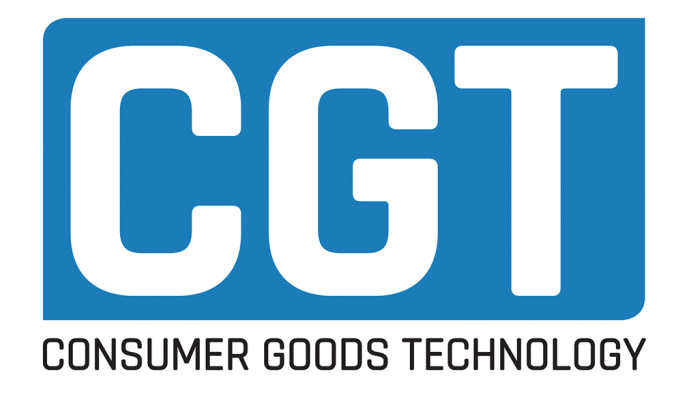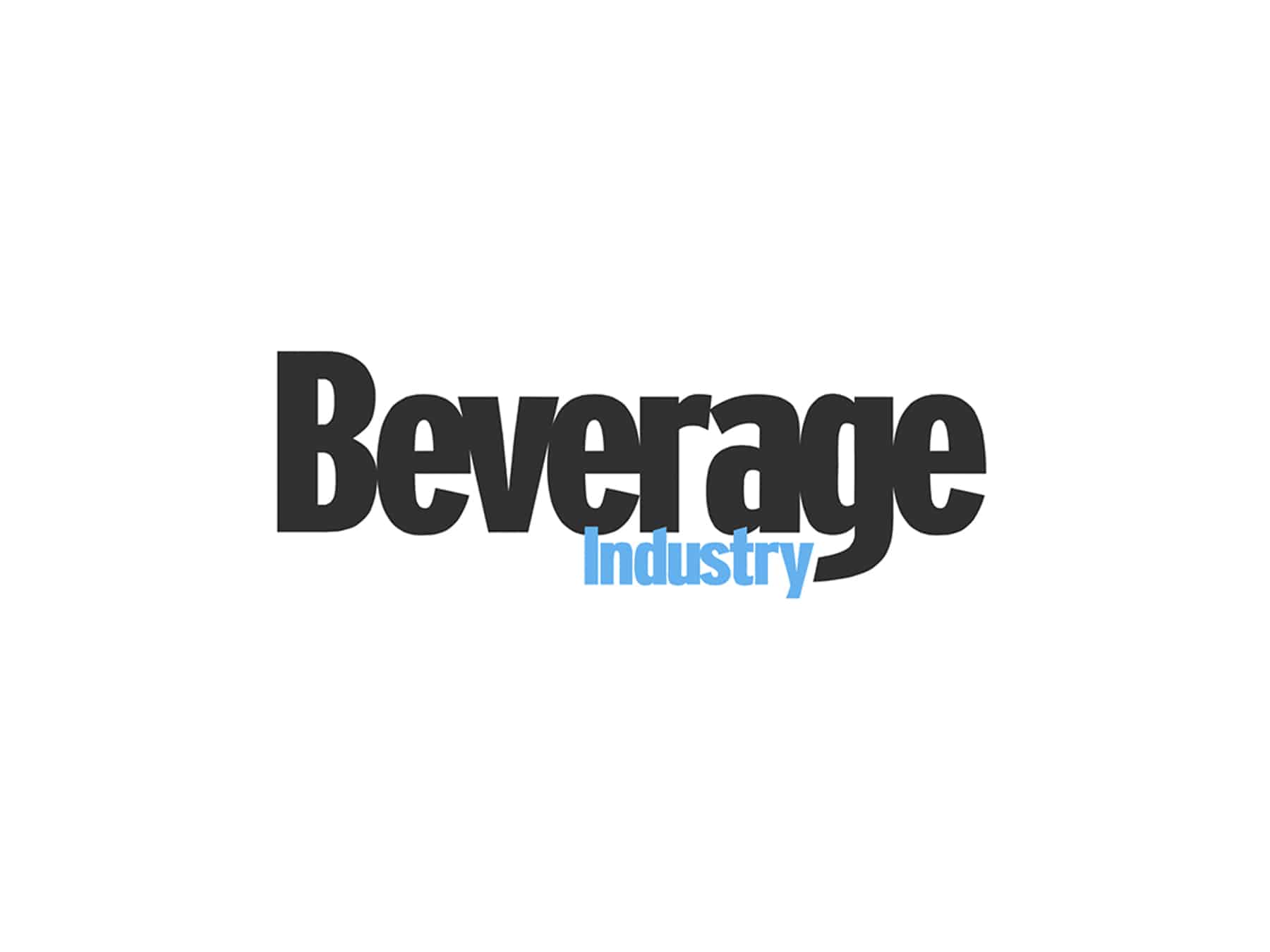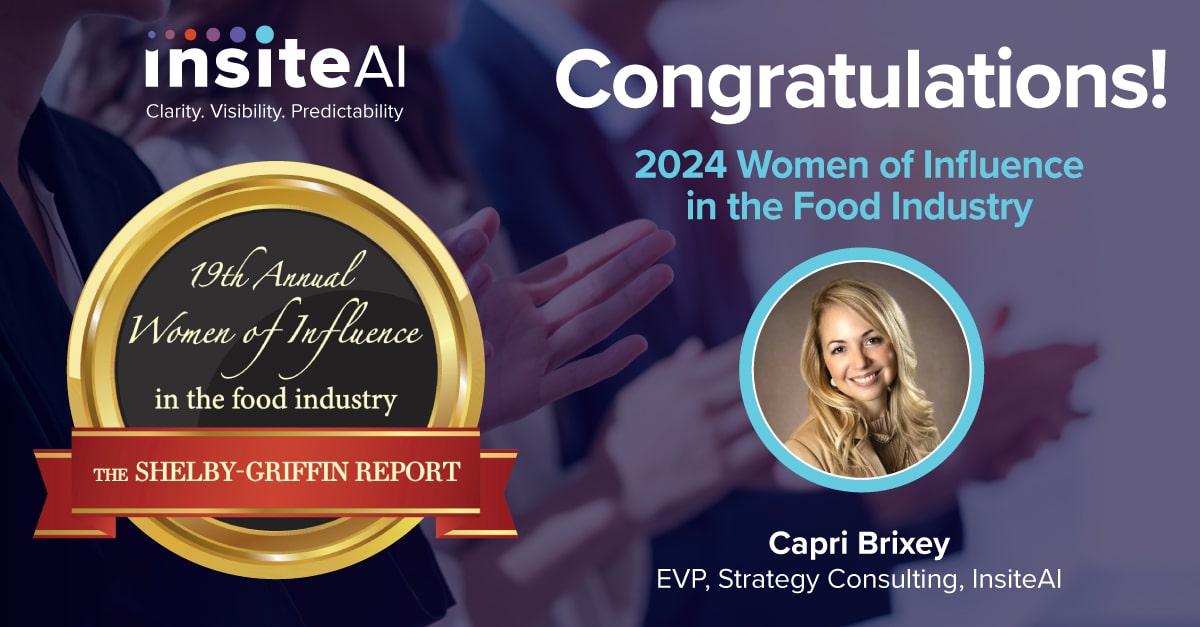
Do I want to predict? Or do I want to prescribe? You can do all of this with a crawl, walk, run approach.
Many shopper insights professionals are stuck when it comes to meaningfully incorporating AI into their workstreams. In fact, during a recent panel discussion with the CMA, the vast majority of polled attendees said they “don’t know where or how to start.”
The survey results revealed that despite the hype, consumer brands need help adopting AI solutions.
The webinar panelists included:
- Capri Brixey, EVP, strategy consulting (former VP of Sales at Coca-Cola Company)
- Kristine Joji, EVP, strategy consulting (Former VP of Merchandising at Walmart)
- Marsha Shapiro, SVP of client solutions (Former Senior Product Leader at Nike)
Here are a few key takeaways from this panel discussion, sharing thought-provoking tips on where to start with AI and why it’s vital for category management.
When a CPG begins the process of interviewing solution providers, an important step is to ask the provider to “open the black box.”
“One of the biggest constraints in early AI adoption was that end users didn’t trust the results and I don’t think that’s changed a lot today,” Shapiro said. “We have the ability to open that black box and very easily answer why [AI works the way it does].”
Solution providers must explain results and how the technology works throughout the entire AI adoption journey, not just during the sales cycle. Shapiro also shared tips when interviewing prospective providers such as:
- Ask AI companies to provide case studies or references.
- Evaluate a provider’s team by asking where the data scientists and machine learning engineers previously worked and how they describe their skill sets.
- Request the company conduct a proof-of-concept project.
Before implementing AI, CPGs need to know what type of results they want to get from the technology. For example, two potential approaches to consider:
- Automate. This is a scenario where a brand analyst may be seeking to automate tasks to save on manual workload time or gain a more accurate perspective of what’s happening right now in the business.
- Elevate. Looking farther down the road, a brand team may want an AI solution to elevate the business by predicting future performance results and prescribing strategies to grow the business.
Of course, these aren’t the only ways to use AI and some companies may want to automate and elevate.
“You need to know, do I want to give perspective? Do I want to predict? Or do I want to prescribe? You can do all of those — and along that spectrum — and you can create a crawl, walk, run with your provider,” Brixey said. “So ask them those questions.
How does this [AI solution] help give me perspective? How does this predict for me and how does this help prescribe for me?
Drawing on her years of experience in merchandising at Walmart, Joji presented that retailers are looking to CPGs to be the experts in their respective categories. Brands should know if the category is growing, which customers are trading in and out of the category and how their retailer partners are performing against competitors.
“Retailers are looking for the ‘why’ and the ‘so what.’ This is where AI technology solutions come into play. AI can harmonize disparate sources of data that when streamed together create a single source of truth that provides a more holistic view into the business,” Joji said.
Several ways AI helps brands improve collaboration and category management including:
- Generating micro and macro space optimization insights. AI provides an output of store item-level recommendations with forecasted performance explanations and item-level demand transference.
- Optimizing a modular review of assortments and updated financials. While this is a common task for brands, AI provides a detailed explanation of where volume is coming from, where it’s going and who are the new customers being acquired.
- Keeping pace with pricing habits. Over the last three years, customer spending habits have been volatile. AI monitors constant shifts between national brands and private brands, high-end brands vs. mid-tier brands and tracks price elasticity trends that are timely, meaningful insights for the revenue growth management team to consider when managing trade spend and more.
Brixey, Joji and Shapiro shared a tremendous amount of knowledge during the CMA webinar. The session guides consumer goods brand teams and their IT colleagues on what questions to ask when interviewing AI solution providers, what to consider when getting ready to start an AI journey and how AI will ultimately transform how they do business.






